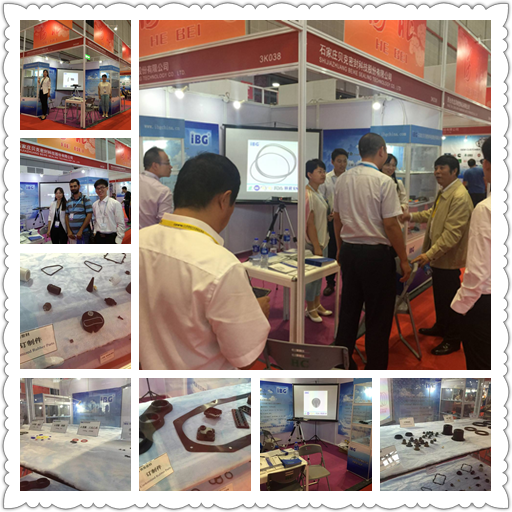Third, ink
Ink is an imaging substance that is transferred to a substrate during the printing process.
(a) The composition of the ink
The pigment is a solid component in the ink and is a color-developing substance of the ink. Generally, the pigment is a pigment that does not contain water. The ink color saturation, tinting strength, transparency and other properties are closely related to the properties of the pigment.
The binder is the liquid component of the ink and the pigment is the carrier. During the printing process, the binders carry particles of pigments, which form the ink film from the ink half of the printing press, the printing plate, and the web to the substrate, and are fixed, dried, and adhered to the substrate. The properties of the ink film such as gloss, dryness, and mechanical strength are related to the properties of the binder.
The additives added to the ink are used to improve the printability of the ink, such as viscosity, tackiness, and drying properties.
The ink configuration process is more complicated. Generally, the pigments, binders, and various additives are mixed in a certain proportion and firstly mixed into oily pastes in an ink mixer, and then repeatedly honed in a roller mill or the like to make the pigments The fine particles are uniformly dispersed in the binder.
(B) Classification of ink
With the development of printing technology, the variety of inks continues to increase, and there are many methods for classification. If you sort according to the printing method, the following five kinds are:
Toppan printing ink: black ink, black ink, color letterpress ink, etc.
Lithographic printing inks: Offset glossy resin inks, Offset transfer inks, etc.
Intaglio printing ink: gravure ink, engraving gravure ink, etc.
Porous printing ink: printing ink, screen printing ink, etc.
Special printing inks: foam ink, magnetic ink, fluorescent ink, conductive ink, etc.
(c) Printing ink suitability
The ability of substrates, printing inks, and other materials to match printing conditions to suit print jobs is called printability.
The printability of the ink means that the ink matches the printing conditions and is suitable for the performance of the print job. Mainly viscosity, texture, thixotropy, dryness, etc.
Ink viscosity
The internal frictional characteristics exhibited by the ink in the flow are called the viscosity of the ink, and the physical quantity that measures the viscosity of the ink is called the viscosity of the ink.
The viscosity of the ink can be measured with a viscometer. Commonly used viscometers include a parallel plate viscometer, a rotational viscometer, a Larry viscometer, and the like.
The faster the printing press, the greater the fluidity of the ink and the lower the viscosity.
The viscosity of the ink can be adjusted with a varnish or ink thinner.
2. Ink adhesion
When the ink is transferred from the ink fountain to the surface of the ink roller, printing plate, and (blanket) substrate, the ink film is first split and then transferred. The ink film exhibits the ability to resist the breakdown of the ink film in this dynamic process, which is called ink. Adhesion. The physical measure of ink adhesion is called the Tack value of the ink.
The Tack value of the ink can be measured with an ink stickiness meter.
During the printing process, if the adhesiveness of the ink, the performance of the substrate, and the printing conditions do not match, printing failures such as powder falling, linting, ink overprinting, and dirtiness of the printing plate may occur.
The adhesiveness of the ink is adjusted with a tackifier or a ZY ink additive.
3. Thixotropy of ink
At a certain temperature, after the ink is stirred or mechanical external force is applied, the fluidity is improved and the viscosity is decreased. After standing, the fluidity becomes poor and the viscosity rises. This property is called thixotropy of the ink.
During the printing process, if the thixotropy of the ink is poor, the printing failures such as “unsmooth ink”, uneven ink transmission, and severely expanded dots may occur. In order to prevent the occurrence of the above-described failure, the ink in the ink fountain is often agitated with ink scoops or the ink agitator is installed in the ink fountain to hold the ink from time to time.
4. Drying of ink
Drying ink is more complex, mainly in the following three forms.
Penetration drying. Some of the binder in the ink penetrates into the substrate, and the other is fixed on the surface of the substrate with the pigment and dried. Non-thermosetting transfer inks used in high-speed web printing presses are generally based on osmotic drying. They mainly print newspapers and periodicals.
Oxidation polymerization dried. The binder in the ink polymerizes with oxygen in the air and forms a film on the surface of the substrate and is dried. Offset bright resin ink, bright color, good gloss, mainly based on oxidative polymerization, used for printing high-grade fine offset products.
Volatilize and dry. Part of the binder in the ink is evaporated





